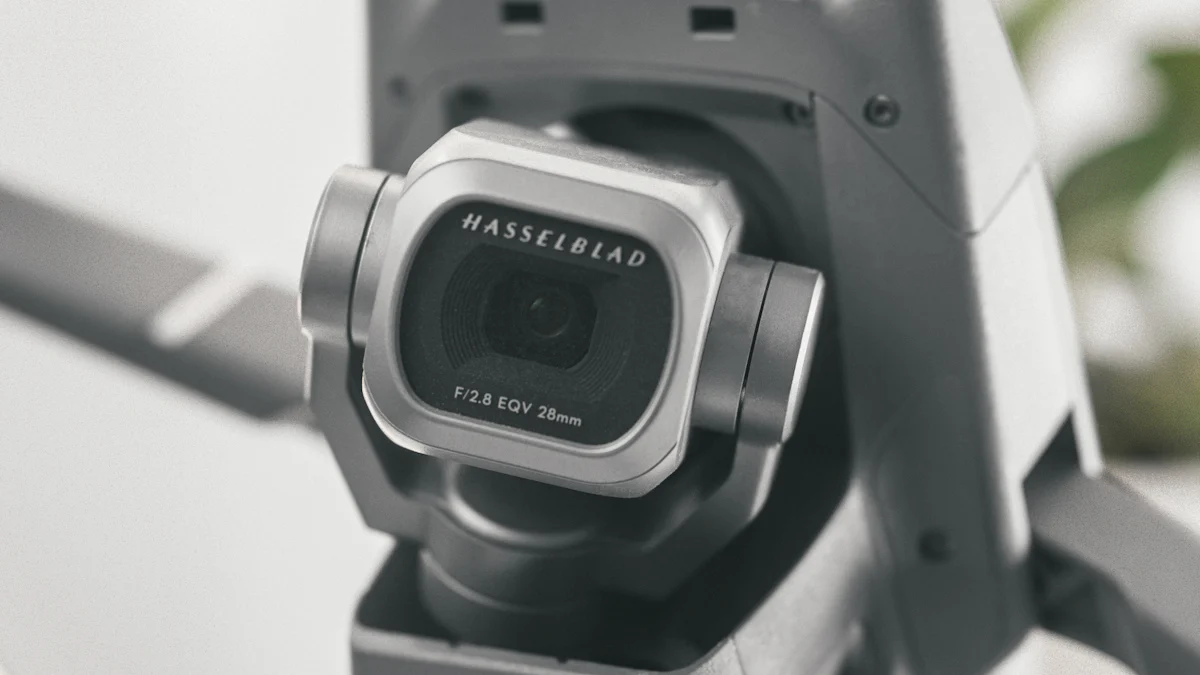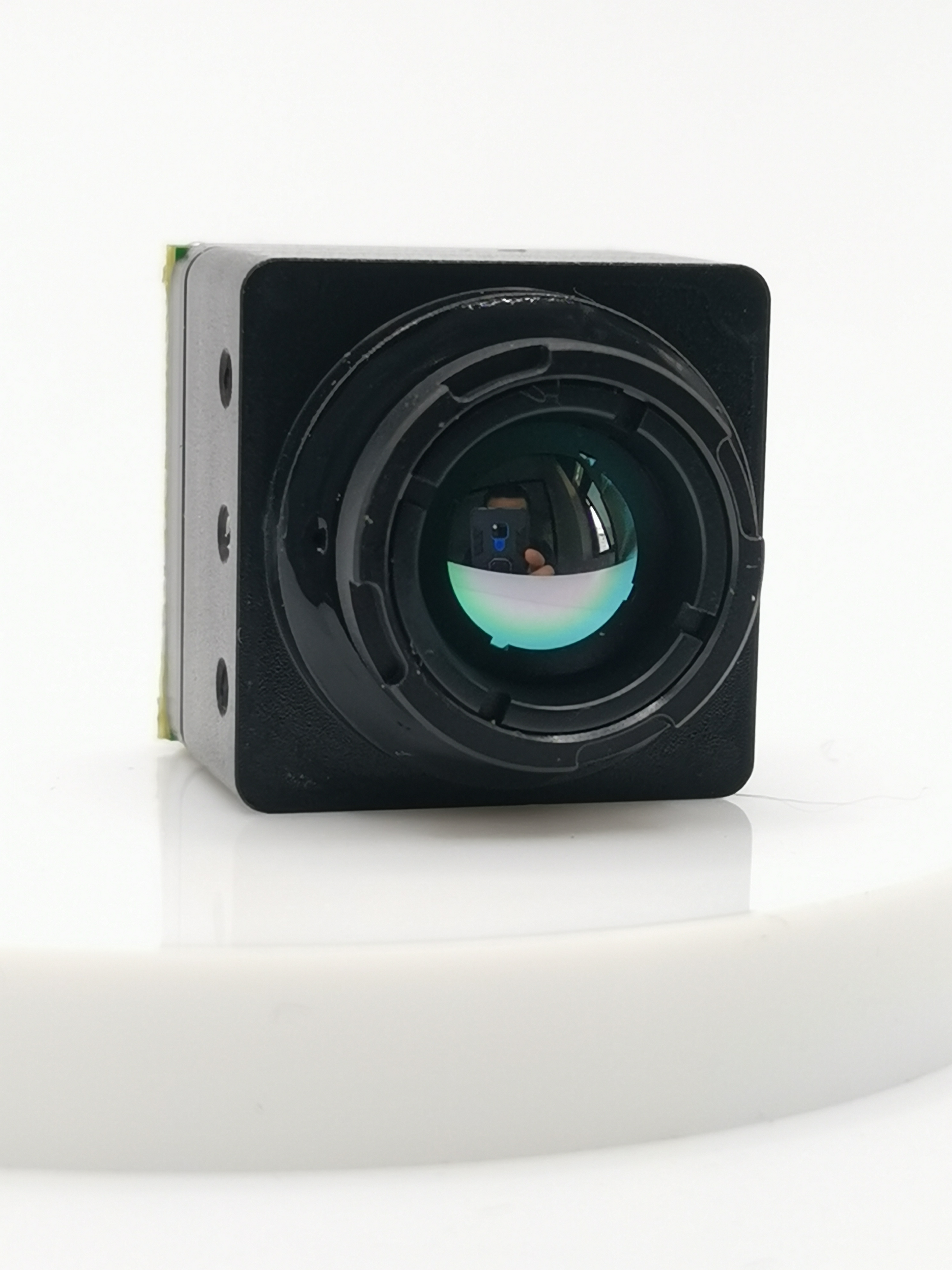How UAVs with Thermal Imaging Cameras Work: A Comprehensive Guide
Unmanned Aerial Vehicles (UAVs) equipped with UAV thermal imaging cameras have revolutionized various industries by providing invaluable insights beyond human vision. The significance of drones with thermal cameras lies in their ability to detect temperature variations, offering a new dimension of data for diverse applications. This comprehensive guide aims to unravel the intricate workings of UAVs integrated with thermal cameras, shedding light on their pivotal role in enhancing surveillance, monitoring, and inspection tasks across different sectors. For those on a budget, even a cheap thermal camera can provide significant benefits, making advanced thermal imaging technology more accessible.
How UAV Thermal Imaging Cameras Work

Specialized Lenses:
Specialized lenses in UAV thermal imaging cameras are designed to detect infrared frequencies with precision, enabling the capture of temperature variations that are imperceptible to the naked eye.
These lenses play a crucial role in enhancing the thermal imaging capabilities of drones, allowing for detailed analysis of heat signatures emitted by objects in various environments.
Thermal Sensors:
Thermal sensors integrated into UAV thermal imaging cameras are responsible for converting infrared radiation into electronic signals, which are then processed to generate thermal images.
By detecting and translating heat signatures into visible data, these sensors enable drones to identify temperature differences accurately and provide valuable insights for a wide range of applications.
Image Processors:
The image processors in UAV thermal imaging cameras are equipped with advanced algorithms that analyze the electronic signals received from thermal sensors to produce high-quality thermal images.
These processors enhance the overall efficiency of thermal cameras on drones by ensuring rapid and accurate visualization of temperature differentials in real-time.
Mechanism of UAV Thermal Imaging Cameras
Infrared Radiation Detection:
The mechanism behind UAV thermal imaging cameras involves the detection of infrared radiation, a type of electromagnetic radiation that is emitted by objects as heat.
By capturing and interpreting infrared radiation, drones equipped with thermal cameras can reveal temperature variations across landscapes, making them invaluable tools for diverse industries.
Heat Signature Visualization:
Through sophisticated technology, UAV thermal imaging cameras visualize heat signatures emitted by objects, allowing operators to identify hotspots or anomalies that may indicate potential issues.
This visualization process enables drones to conduct precise inspections, monitor environmental changes, and assist in critical operations such as search and rescue missions.
Integration with UAVs
Gimbal Mounting:
The integration of thermal imaging cameras with UAVs often involves mounting them on gimbals, which provide stability during flight and ensure consistent image quality.
By utilizing gimbal mounting systems, drones can capture clear and steady thermal images even in challenging conditions or dynamic environments.
360-Degree Lens Rotation:
One key feature of integrating thermal cameras with UAVs is the ability to achieve a 360-degree lens rotation, allowing drones to capture comprehensive views without missing any critical details.
This flexibility in lens rotation enhances the surveillance capabilities of drones equipped with thermal imaging technology, enabling efficient monitoring over large areas.
Applications of UAV Thermal Imaging Cameras

Search and Rescue Operations
Locating Missing Persons
When conducting search and rescue operations, UAV thermal imaging cameras play a vital role in locating missing persons swiftly and efficiently. By detecting body heat signatures emitted by individuals, drones equipped with thermal cameras can identify the exact locations of those in need of assistance. This capability significantly enhances the effectiveness of search missions, especially in challenging terrains or adverse weather conditions.
Nighttime Operations
During nighttime operations, the utilization of drones with thermal cameras becomes even more crucial due to limited visibility. The ability of thermal imaging technology to capture heat signatures allows drones to navigate through darkness and detect objects based on their temperature variations. This feature is particularly beneficial for conducting nocturnal search and rescue missions or surveillance tasks where traditional visual methods fall short.
Industrial Inspections
Infrastructure Monitoring
In industrial settings, UAV thermal imaging cameras are instrumental in monitoring critical infrastructure components for potential issues. By capturing thermal images of structures such as pipelines, buildings, or bridges, drones can identify anomalies like leaks or structural weaknesses that may not be visible to the naked eye. This proactive approach to infrastructure monitoring helps prevent costly damages and ensures the safety and reliability of essential facilities.
Electrical Inspections
For electrical inspections, drones with thermal cameras offer a non-invasive method to assess the condition of power lines, transformers, and other electrical equipment. By detecting abnormal heat patterns that indicate overheating or faulty connections, drones can pinpoint areas requiring maintenance or repairs. This preventive maintenance strategy minimizes downtime risks and enhances overall operational efficiency in various industries.
Law Enforcement and Surveillance
Tracking UAVs
Law enforcement agencies leverage UAV thermal imaging cameras to track unauthorized drones operating in restricted airspace. By detecting the heat signatures emitted by drone motors and batteries, law enforcement officers can identify rogue UAVs quickly and take appropriate action to mitigate potential security threats. This tracking capability enhances airspace safety and regulatory compliance measures effectively.
Security Monitoring
In surveillance applications, drones with thermal cameras provide advanced security monitoring solutions for various environments. By capturing thermal images of perimeters or sensitive areas, drones enhance threat detection capabilities by identifying intruders based on their body heat signatures. This real-time surveillance functionality enables security personnel to respond promptly to security breaches and safeguard assets effectively.
Benefits and Challenges
Advantages of UAV Thermal Imaging Cameras
Enhanced Visibility:
UAV thermal imaging cameras offer enhanced visibility by detecting temperature variations that are invisible to the naked eye. This heightened visibility allows for the identification of heat signatures emitted by objects, enabling operators to gain insights into their thermal behavior.
By utilizing drones with thermal cameras, industries can enhance their surveillance capabilities, monitor environmental changes effectively, and detect anomalies with precision. The enhanced visibility provided by thermal imaging technology revolutionizes inspection tasks across various sectors.
Versatility in Applications:
The versatility of cheap thermal cameras integrated into UAVs expands their applications across different industries. These cameras can be utilized for a wide range of tasks, including search and rescue operations, industrial inspections, and law enforcement activities.
With their versatile applications, drones with thermal cameras become indispensable tools for professionals seeking efficient and accurate data collection methods. The adaptability of thermal imaging technology ensures its relevance in diverse scenarios where traditional visual methods may fall short.
Challenges and Limitations
Cost Considerations:
One of the primary challenges associated with UAV thermal imaging cameras is cost considerations. While these advanced technologies offer invaluable benefits, the initial investment required for acquiring and maintaining thermal imaging systems can be substantial.
Despite the cost considerations, the long-term advantages of using drones with thermal cameras often outweigh the initial expenses. Industries must weigh the upfront costs against the potential benefits derived from improved surveillance capabilities and enhanced operational efficiency.
Technical Limitations:
Technical limitations pose another challenge for UAV thermal imaging cameras, particularly in terms of resolution and image quality. As technology continues to evolve rapidly, ensuring high-resolution images without compromising speed remains a key focus area for developers.
Overcoming technical limitations requires continuous innovation in sensor technologies and image processing algorithms. By addressing these challenges, manufacturers can enhance the performance of thermal cameras on drones, making them more reliable and effective tools for a wide range of applications.
Reflecting on the intricate workings of UAVs integrated with thermal cameras unveils a new dimension of data collection. The future of UAV thermal imaging technology holds promising advancements, enhancing surveillance and inspection tasks across diverse industries. As thermal imaging drones continue to evolve, their impact on search and rescue missions, industrial inspections, and security monitoring will be profound. Embracing this innovative technology signifies a shift towards more efficient and accurate data acquisition methods, revolutionizing how we perceive and interact with our surroundings.
See Also
A Comprehensive Tutorial on Utilizing Thermal Imaging Drones
An Extensive Handbook on Using Analog FPV Thermal Camera Drones
Selecting the Perfect Drone with Thermal Imaging Capability: A Complete Manual
A Detailed Walkthrough on Mastering FPV Thermal Imaging with DroneThermal v4 Micro UAV Camera
A Comprehensive Handbook on FPV Thermal Camera for Drone Infrared Imaging
Contact Us: Ms. Coco Huang
E-mail: sales@iasun.cn
WhatsApp/Wechat: +86 13510421923

